Employees participate in wellness challenges for a lot of different reasons. A strong wellness program or challenge should include components that incorporate many of those reasons.
Provide Opportunities to Make Healthy Changes
Screenings, wellness challenges, wellness fairs, and disseminating health-related information via company networks are good starting places to help employees be more aware of their health and have concrete steps to take to improve it. Healthy changes could be personal, environmental, or policy changes. WorkWell NC does a great job of outlining the CDC Scorecard tool, which can be a helpful starting point for identifying and implementing wellness initiatives.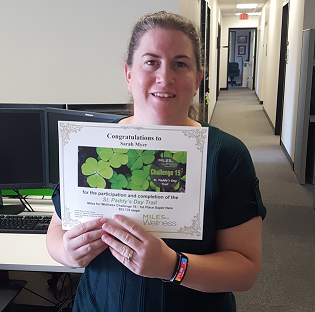
Insurance Premium Reduction or Wellness Points
Insurance reductions are a strong incentive for employees to participate in certain wellness activities.
Team Building or Social Connections
Most wellness challenges and activities have a team or group component because many employees thrive when given opportunities to interact or participate in team building activities. Wellness challenges can include racing challenges, team points, and game-simulations where your team can virtually turn other teams into zombies if they don’t move enough. There are team and individual competitions, races, and challenges that exist or you can create one of your own. Eat Smart, Move More, Weigh Less uses Racery as a Walking Race for our annual Holiday Challenge.
Certificates, Discounts, and Swag
Employees love being recognized for their efforts and hard work. The motivation of a certificate, discount, or reward is enough to get people to participate in a day event or program. Eat Smart, Move More, Weigh Less awards each participant who completes the program with a certificate (in addition to their completion incentive determined by employer). Those who have gone above and beyond by attending all 15 classes receive a free t-shirt. I am not a certificate person but our team won our most recent walking challenge and there is a trophy we get to keep for the next 3 months. I have already scheduled the week it will be sitting on my desk.


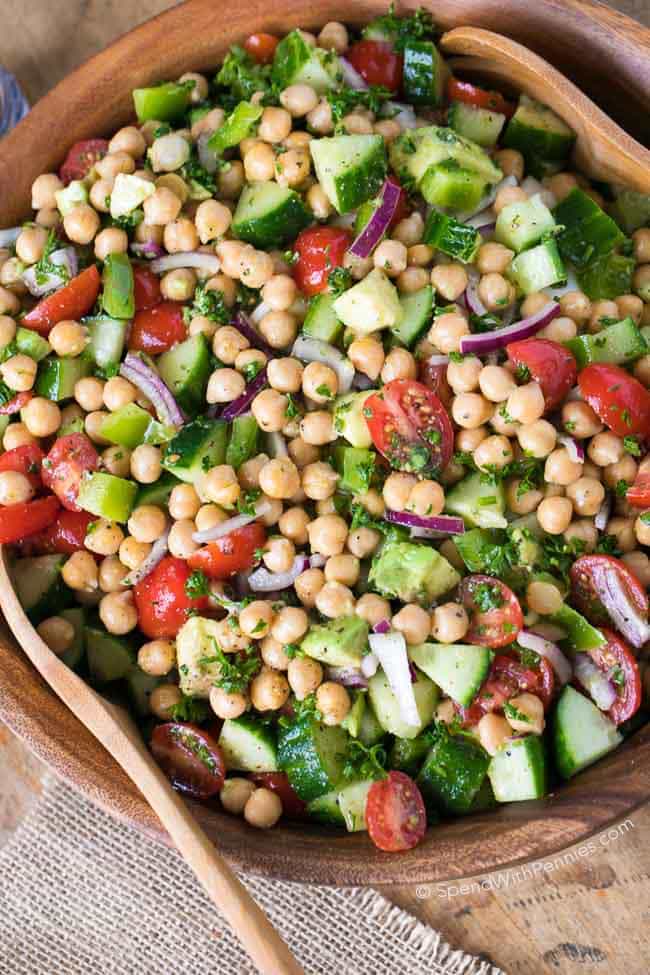

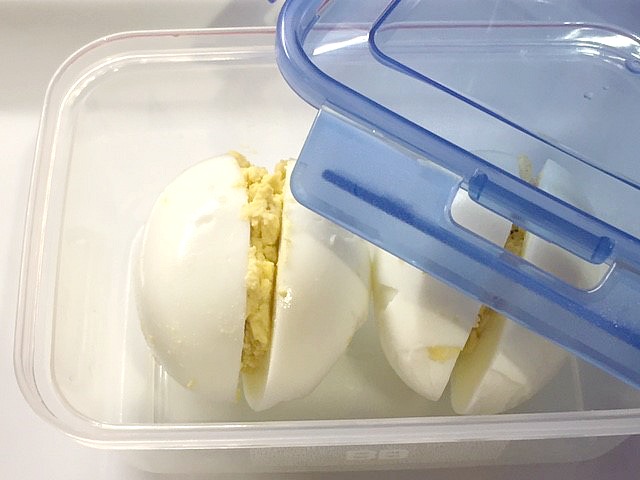


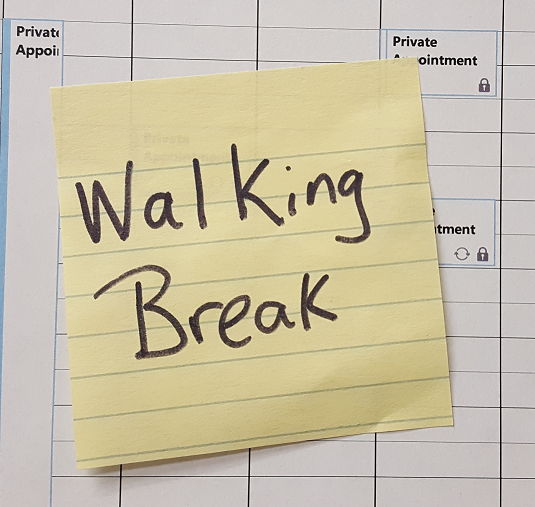
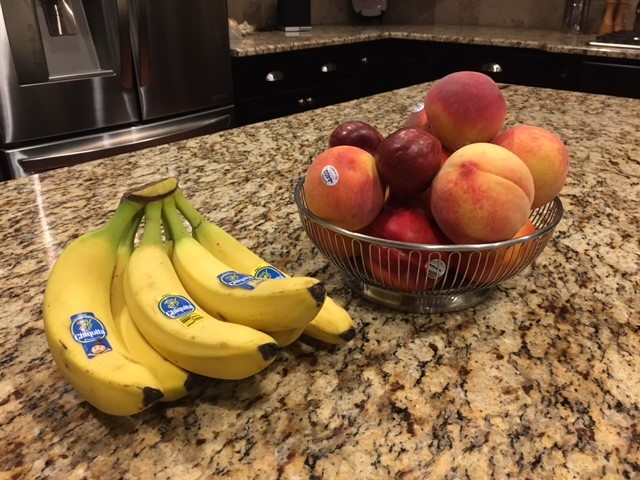
 who all wanted to comment on the bikes. Faces lit up and big smiles appeared. One lady came up as if we had been long lost friends to not only touch the bike but talk about how pretty is was and how she knew it would be great to take home. One salesperson exclaimed that she fully intended to buy one next spring. Persons would just gaze and smile hugely about the sight of a bike. Some folks said how lucky I was to have just purchased such a pretty bike. I should tell you that these bikes were the cheapest on the rack – nothing special. The sheer joy that I encountered was not due to any cutting edge fancy bike, but the plain Jane cruiser bike with no gears or air brakes.
who all wanted to comment on the bikes. Faces lit up and big smiles appeared. One lady came up as if we had been long lost friends to not only touch the bike but talk about how pretty is was and how she knew it would be great to take home. One salesperson exclaimed that she fully intended to buy one next spring. Persons would just gaze and smile hugely about the sight of a bike. Some folks said how lucky I was to have just purchased such a pretty bike. I should tell you that these bikes were the cheapest on the rack – nothing special. The sheer joy that I encountered was not due to any cutting edge fancy bike, but the plain Jane cruiser bike with no gears or air brakes.
 I knew we needed to eat at home more and that meant having a plan ahead of time. So I took it one step at a time and slowing started meal planning. I began with just one dinner a week. Easy enough and laid the foundation. I got used to grocery shopping with a list– a list! and sticking to it. With that one meal, we would make a little extra and have leftovers for lunch the next day. Bam – two meals planned for the week. Then I increased it to planning two nights a week, and then three nights, and so on and so forth.
I knew we needed to eat at home more and that meant having a plan ahead of time. So I took it one step at a time and slowing started meal planning. I began with just one dinner a week. Easy enough and laid the foundation. I got used to grocery shopping with a list– a list! and sticking to it. With that one meal, we would make a little extra and have leftovers for lunch the next day. Bam – two meals planned for the week. Then I increased it to planning two nights a week, and then three nights, and so on and so forth.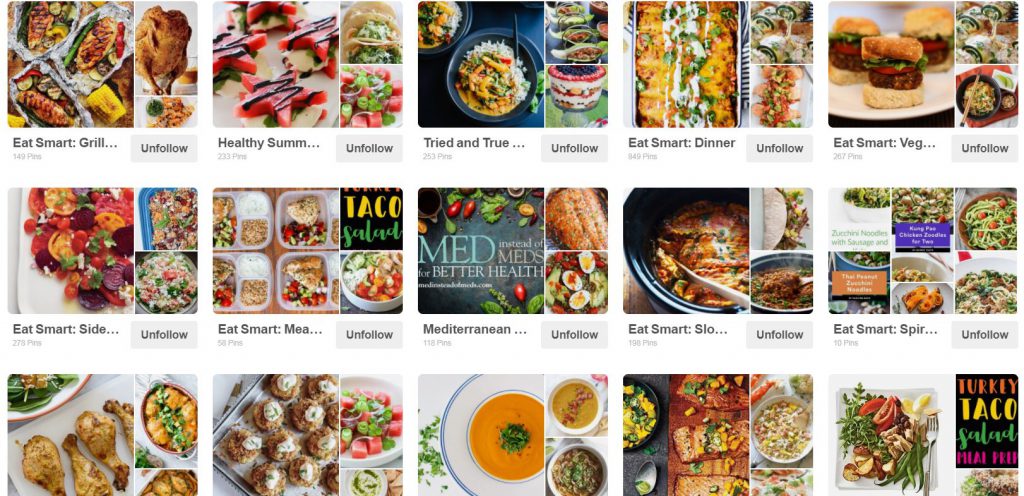 An important thing to remember about Pinterest, just because something claims it’s “healthy” does not always mean it is – make sure you read the ingredient list before pinning to your board. I also follow a few healthy bloggers, my favorite being Gina from
An important thing to remember about Pinterest, just because something claims it’s “healthy” does not always mean it is – make sure you read the ingredient list before pinning to your board. I also follow a few healthy bloggers, my favorite being Gina from